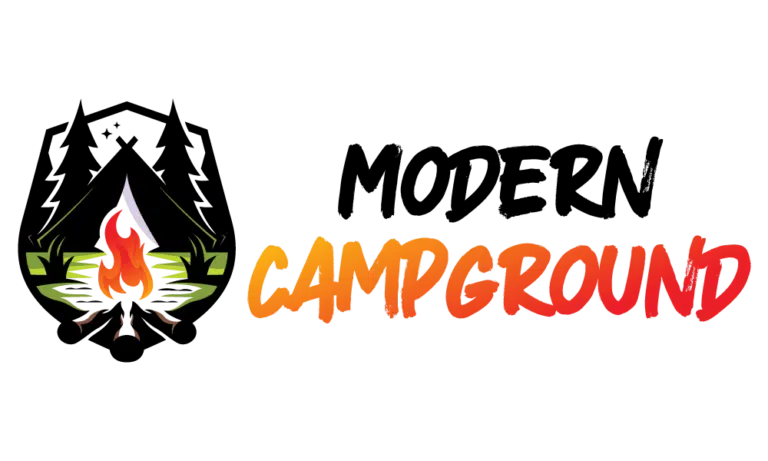The motorhome market is experiencing significant growth, surpassing pre-pandemic levels and driven by a surge in recreational travel and outdoor activities. The global motorhome market, valued at $33.16 billion in 2023, is expected to reach $64.26 billion by 2031. This expansion is fueled by demographic shifts, technological advancements, and evolving consumer preferences, with increasing interest in experiential leisure and the rise of remote work boosting demand for mobile living solutions according to a report.
Key factors propelling this growth include technological innovations, enhanced safety features, a growing preference for sustainable travel options, the rise in tourism, and changing leisure activities. Major industry players are focusing on developing electric and hybrid models to meet evolving consumer needs. Electrification is gaining traction, with companies like Thor Industries and Winnebago Industries at the forefront of this electric revolution in the recreational vehicle industry. Customization is another significant trend, as consumers increasingly seek personalized options to enhance their travel experiences.
The influence of remote work on the RV sector is substantial, aligning with the growing trend of flexible living and working environments, particularly among digital nomads. The rental market is experiencing a boom, reflecting changing travel preferences and increased interest in outdoor experiences, especially among younger demographics. Major market competitors in the motorhome industry include Thor Industries, which owns renowned brands like Airstream and Jayco, Winnebago Industries, recognized for its innovative approach to design and functionality, and Forest River Inc., which leverages its extensive resources to expand its market presence.
New entrants and niche manufacturers are also making their mark in the industry, focusing on specialized segments and enhancing market dynamics with sustainable practices and advanced technologies. These newcomers are driving innovation and pushing established players to evolve, resulting in a more diverse and competitive market landscape. Motorhomes are typically categorized into Class A, Class B, and Class C vehicles, each serving distinct market segments and catering to different consumer needs and preferences.
The recreational vehicle sector serves various applications, primarily in rental and sales sectors. The rental market attracts consumers seeking unique travel experiences, contributing significantly to the tourism industry’s growth. The sales market caters to a rising consumer interest in outdoor recreational activities, with an increasing market share among younger demographics. Regional market growth varies across different parts of the world, with North America expected to lead, followed closely by Europe, with significant contributions from countries like Germany and the United Kingdom. The Asia-Pacific region, driven by rapid growth in China and India, is projected to capture a significant portion of the market.
Technological innovations are playing a crucial role in shaping the future of the motorhome market. The integration of Internet of Things technology enhances user experience, providing convenience and improved safety features. As the market continues to evolve, sustainability remains a key focus, addressing environmental concerns and aligning with consumer preferences. This shift towards sustainable practices is potentially opening new market segments and driving innovation in the industry, shaping the future landscape of motorhome vehicles.


